Estimated reading time: 12 minutes
Disclaimer: I am not a medical doctor and nothing in this article should be taken as medical advice. Please talk to your doctor before using any of the herbs and/or remedies mentioned in this article.
Nature has provided everything we need to survive, including medicinal plants that relieve migraines, clear up rashes, ease aches and pains, reduce swelling and bruising, and treat various illnesses.
At one time, natural remedies were used in homes every day. Carefully cultivated herb gardens supplied medicine for the family and were often shared with the local physician.
The rise of the pharmaceutical industry in the early 1900s made it easier to turn to manufactured substances than rely on medicines that are cultivated or foraged. Physicians were paid to prescribe these pharmaceutical products rather than suggest local plants that would supply the same relief at little to no cost and with fewer side effects.
With so many people struggling to pay their bills nowadays, it is no surprise that we are returning to the wisdom of generations past and looking to the fields and forests surrounding our homes for natural remedies. Below are a few common and not-so-common plants, flowers, and herbs used in natural medicine.
Want to save this post for later? Click Here to Pin It On Pinterest!
Aloe Vera

There's some debate over whether aloe vera should be considered an herb, but I say it is an herb if you're using it for pain relief. The gel inside aloe vera plants is remarkably good at relieving pain from cuts, scrapes, and burns (especially sunburns).
In addition to soothing pain, the gel will also help your skin heal faster. Several studies have backed this up. For example, in a 2009 study, scientists tested aloe cream against traditional burn cream and found that people who used aloe had their wounds finish healing several days sooner.
If you're growing an aloe vera plant, extracting the gel is easy. Break off a leaf, cut off both ends and the spiny edges, then hold the leaf up and use a knife to cut between the skin and the gel. Repeat with the other side.
Chamomile

The daisy-like flowers of the chamomile plant are best known for creating sleep-inducing teas, but they are useful for several different ailments. Chamomile is a perennial that can be started successfully from seed.
Teas that include chamomile do help fight insomnia but also act as a muscle relaxant, relieving intestinal distress and nausea. A chamomile tea can also be used to bathe wounds, burns and rashes, providing relief from pain and encouraging healing by acting as an antibacterial agent. Using chamomile in bath water will relieve skin irritations caused by eczema and give relief to those suffering with sunburn.
Clove Tree Flower
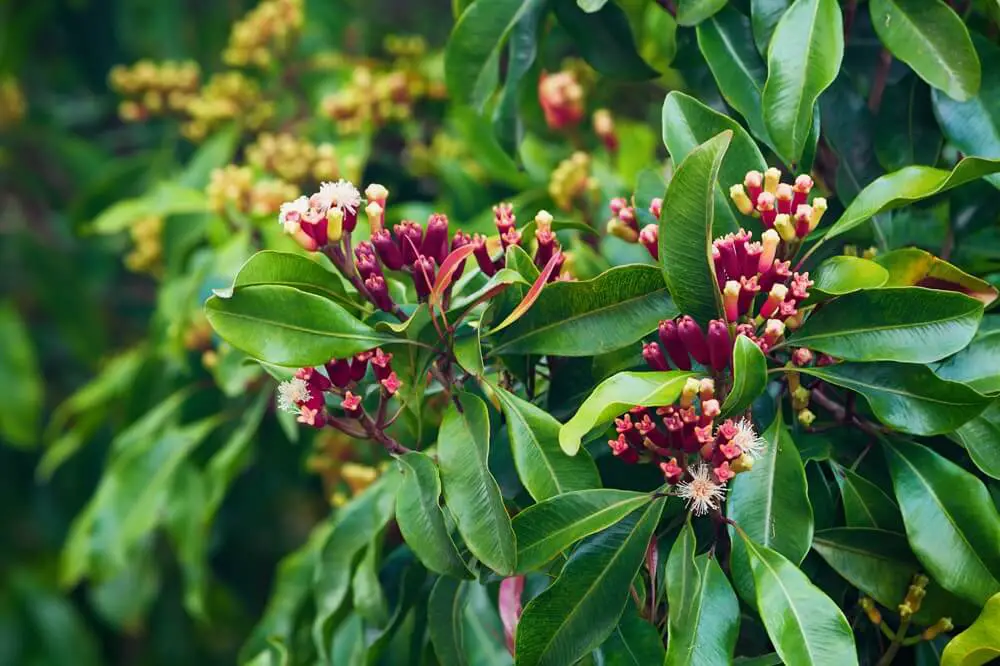
Cloves, the flower buds of the clove tree, have analgesic properties which them a great numbing agent for tooth pain. If you have some clove oil, all you have to do is dip a cotton swab into the oil, then apply it to your toothache, and you will feel instant relief.
Cloves are also antibacterial, which is very useful for someone with dental problems. Some people say they can also reduce fevers and repel mosquitoes, although studies on these effects have produced mixed results. You can buy clove oil online, or you can make your from a mixture of cloves and olive oil. Here's how.
Comfrey
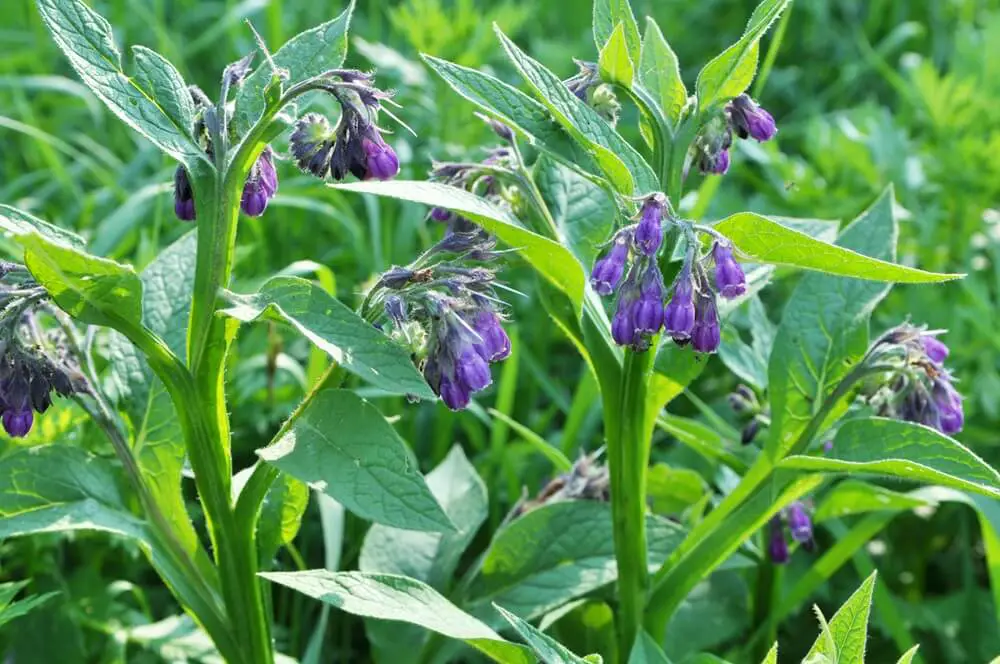
A noninvasive perennial, the comfrey plant produces large hairy leaves that are best harvested before the plant flowers. Comfrey can be grown from cuttings or ordered from a nursery as bare roots. Leaves can be used fresh or dried.
Comfrey leaves contain compounds that stimulate cell formation, making it a valuable plant for healing wounds. Poultices, made of steeped leaves, can be used for reducing swelling and inflammation. It can also be made into a tea, allowing the affected part to soak when applying a poultice would be difficult. Skin abrasions and rashes can be treated with comfrey, unless the skin has been broken open.
A special note of warning: Comfrey plants do contain toxins that can be fatal to humans and livestock if taken internally. Never use comfrey poultices on open wounds or broken skin to reduce the risk of accidental poisoning.
Feverfew
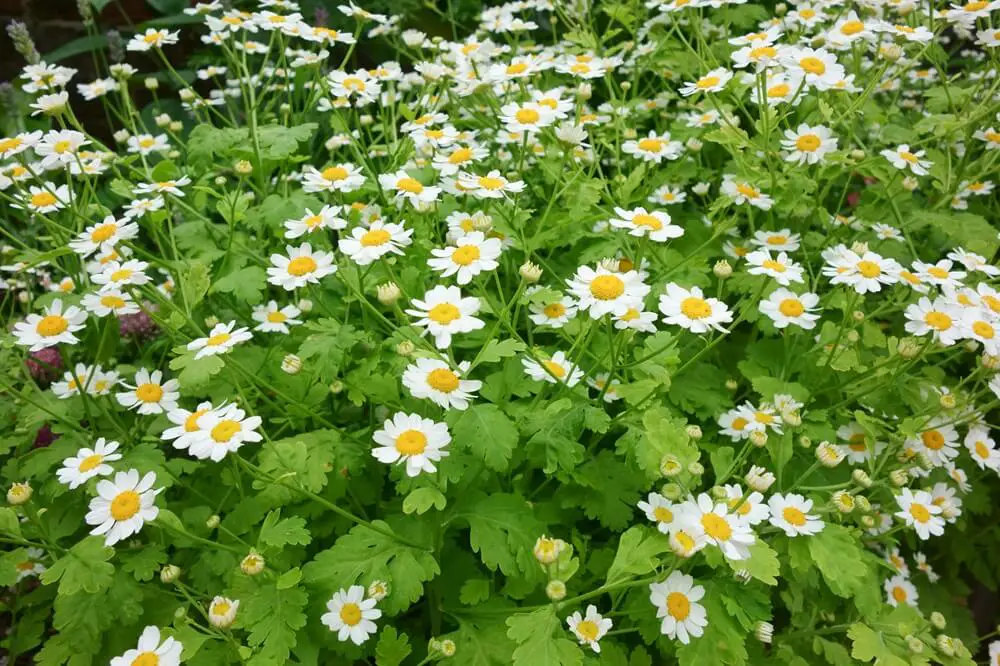
Feverfew is a perennial herb with daisy-like flowers, known primarily for its ability to prevent and treat migraines. It can be easily grown in your garden. Chewing feverfew leaves can alleviate headache pain, though its bitter taste might require it to be taken in capsule or tea form. This herb can also relieve arthritis pain and reduce inflammation.
Ginger

Ginger, a root commonly found in kitchens, is also a powerful medicinal herb. You can grow ginger in a pot or garden bed from a piece of fresh ginger root. Its anti-inflammatory properties make it excellent for reducing joint and muscle pain.
Ginger tea can alleviate stomach aches and nausea, and applying a paste of ginger on the forehead can help relieve headaches (here's how to make it). Moreover, ginger is known for its warming properties, which can be soothing for cold-induced aches.
Lavender

More than a gentle fragrance or soft color, lavender is a hardy perennial that has powerful medicinal properties. Lavender can be grown from cuttings or purchased in a small container.
Lavender flowers can be dried to make calming teas that ease anxiety or treat insomnia, and they can be added to bath water to increase circulation, lower high blood pressure, and reduce inflammation. Lavender tea or lavender oil can be used to treat burns and abrasions. It can also be used as a facial rinse for controlling acne as it has antiseptic properties.
Mint
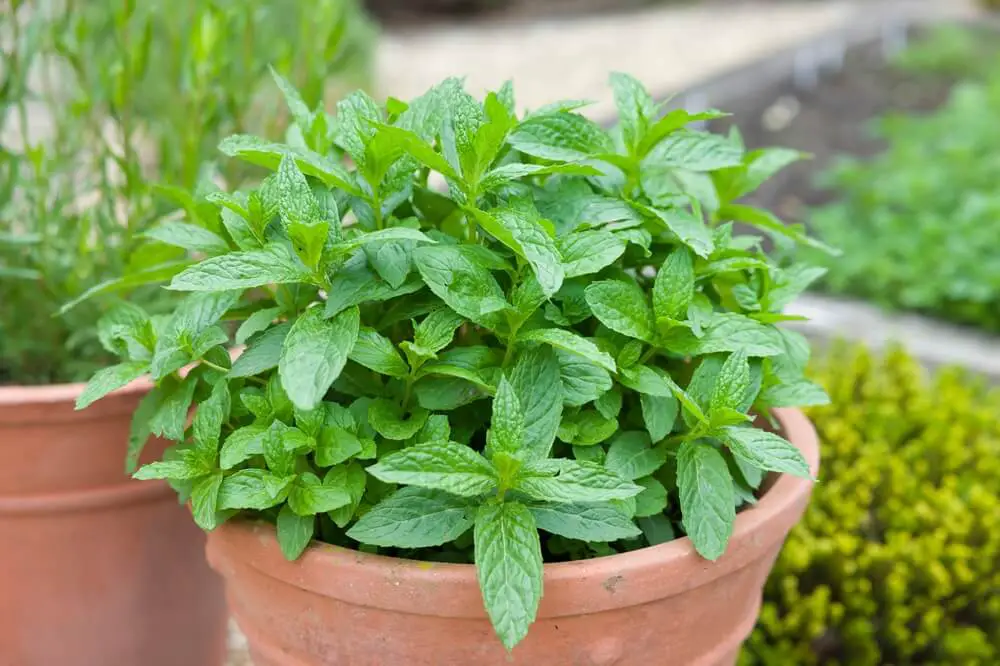
There are several varieties of mint and many of them can be used for medicinal purposes. Mint can be cultivated in a garden or in a container, but be aware, it is incredibly invasive. Plant mint from seed or ask around for a start. The leaves can be used fresh, dried, or distilled in oil or alcohol.
Mint is traditionally used to soothe digestive issues including general stomach upsets and indigestion, but it can also be used to treat more serious conditions such as irritable bowel syndrome. Peppermint infused oil can help relieve headaches and ease muscle cramps when used as part of a cooling compress.
Plantain
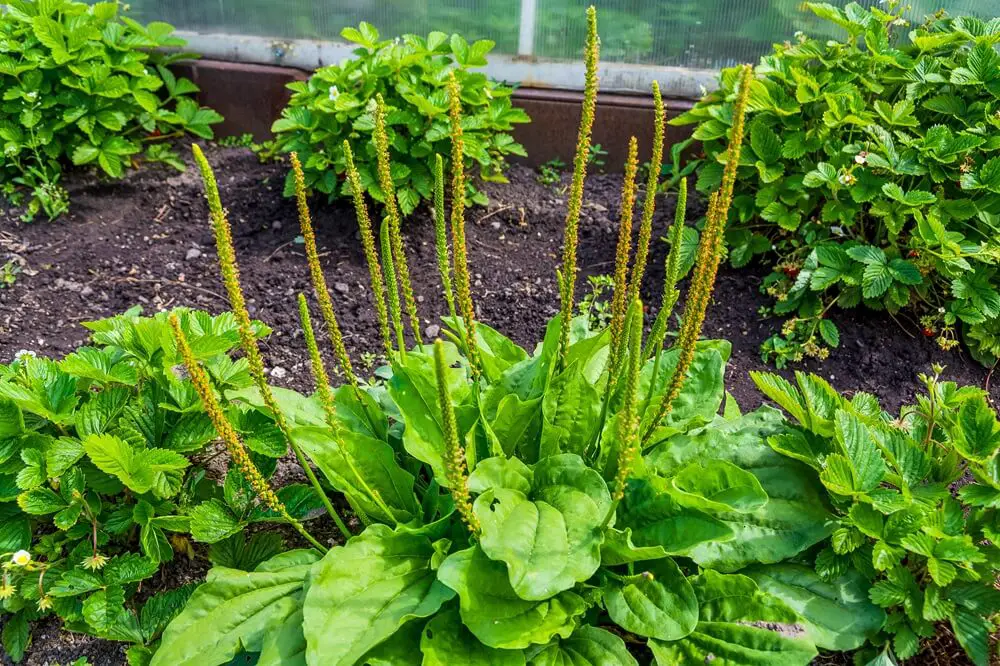
Plantain is not commonly thought of as a medicinal plant, but as a weed to eradicate from the lawn or garden. The fact is, plantain is very valuable for treating a wide variety of ailments.
Reduce swelling and bruising by crushing a few leaves and placing them on the affected area. This method is also useful to slow the bleeding of minor wounds. It soothes burns and scrapes, in addition to clearing rashes, including poison ivy. Take the sting out of insect and spider bites with a poultice made of plantain.
Plantain can also be used as a drawing agent. Place a small amount of crushed or steeped leaves over the entry wound caused by a splinter or other foreign object. The compounds in plantain will draw the material out, while combating infection due to its antibacterial properties. Prepared as a tea, plantain acts as a diuretic, relieves digestive issues and soothes sore throats.
Rosemary
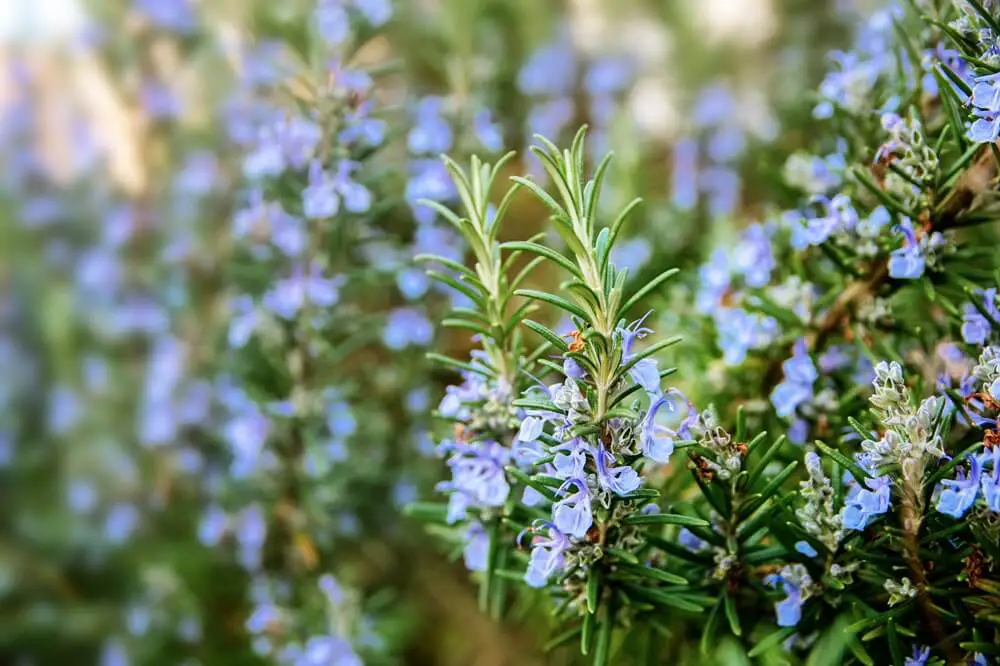
A common herb used in savory dishes, rosemary infused oil is useful for treating many skin conditions. Rosemary can be started from seed or from a cutting, but may be best grown in a container as it is not very tolerant of harsh winter weather.
Rosemary infused oil can be massaged into bruised areas to speed up recovery. It also reduces inflammation due to eczema and other skin rashes. Reduce dandruff by rinsing the scalp with rosemary tea. A mild tea made from rosemary can provide a boost to the immune system as well.
Sage
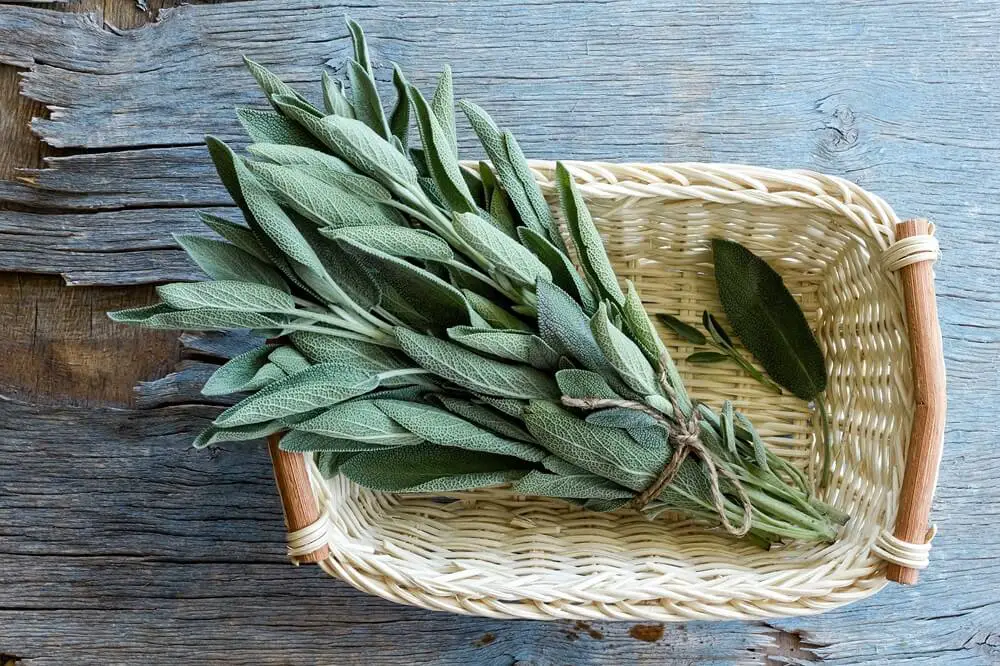
Ordinarily found in the spice cabinet, sage, a shrub-like perennial, is also useful in the medicine cabinet. Started from seed or as a transplant, sage leaves can be harvested throughout the growing season.
Teas made from the leaves relieve sore throats and other sores in the mouth. Sage tea was historically used to shorten colds and reduce fevers. As it is antibacterial and has astringent properties, it can also be used in bath water as a cleaning agent. In addition to being a cleanser, it can also be used as a deodorizer.
St. John's Wort
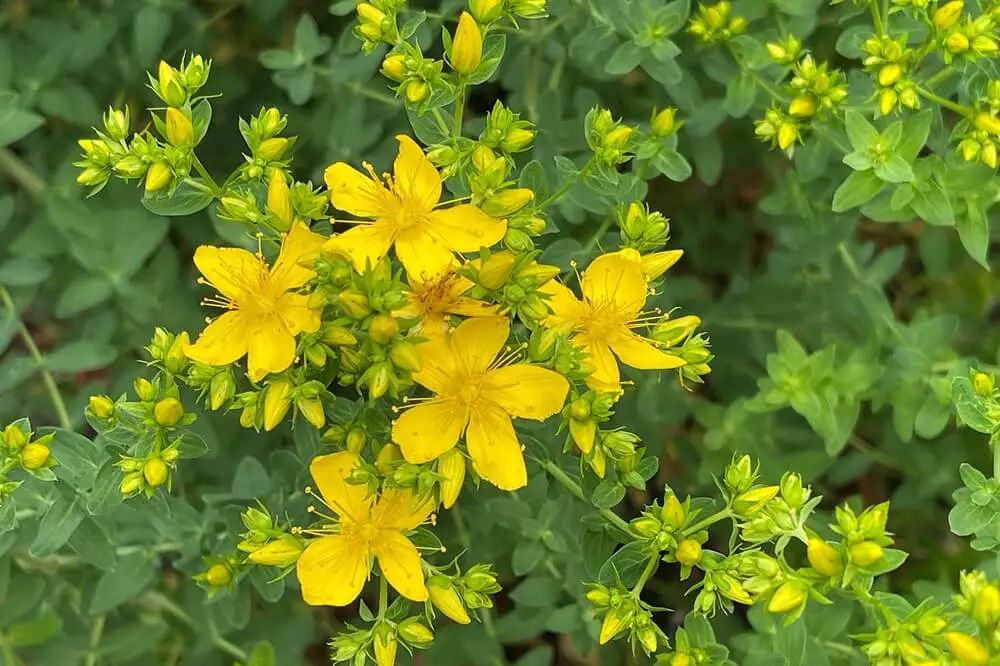
Commonly known for its antidepressant qualities, St. John’s Wort is also effective in managing nerve pain. It can be grown in a sunny part of the garden. The flowers and leaves, used in teas or as a topical oil, can help soothe sciatica, arthritis, and neuralgia. Caution is advised, however, as St. John's Wort can interact with several medications.
Turmeric
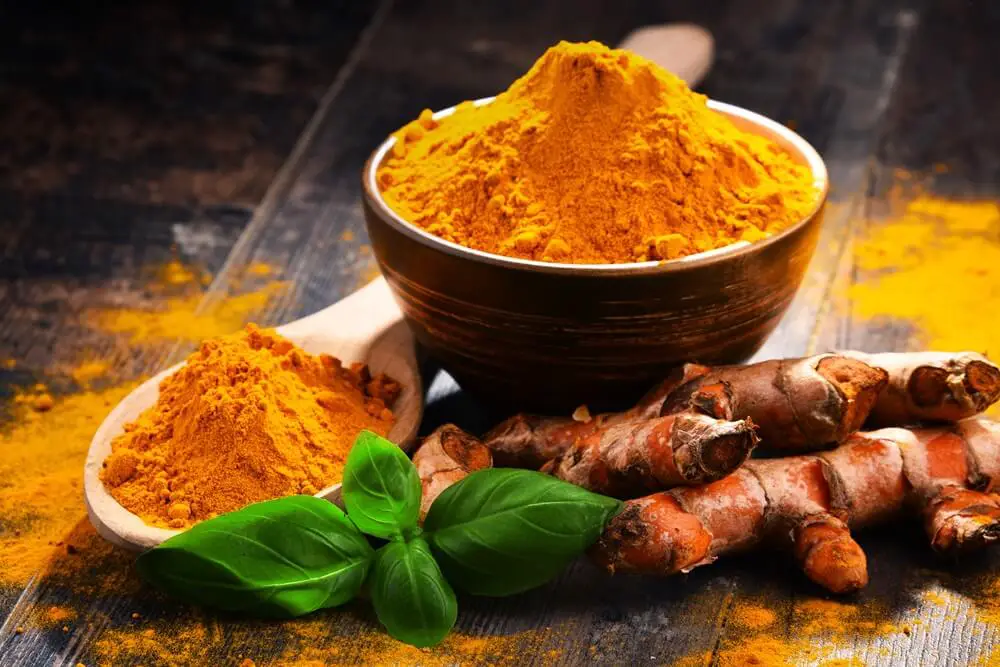
Turmeric, with its active compound curcumin, is renowned for its anti-inflammatory and pain-relieving effects. You can grow turmeric in a similar way to ginger. Consuming turmeric in food, tea, or as a supplement can help reduce chronic pain, especially in conditions like arthritis.
Applying a turmeric paste to bruises and aches can also provide relief. Its antioxidant properties additionally contribute to overall health and wellbeing.
Valerian
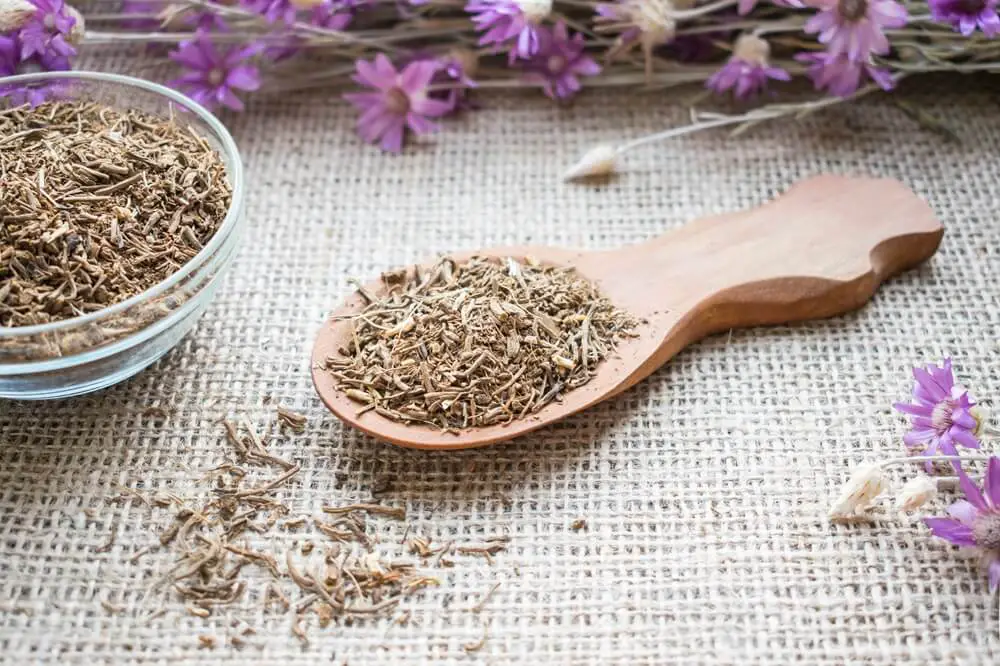
Valerian is a flowering plant whose roots are used for their sedative and calming effects. It’s particularly beneficial for muscle and joint pain. Growing valerian in your garden not only provides access to a natural pain reliever but also attracts beautiful wildlife.
Valerian root can be used in teas or as a tincture to help with muscle spasms, tension headaches, and stress-related body aches.
Wooly Lamb’s Ear
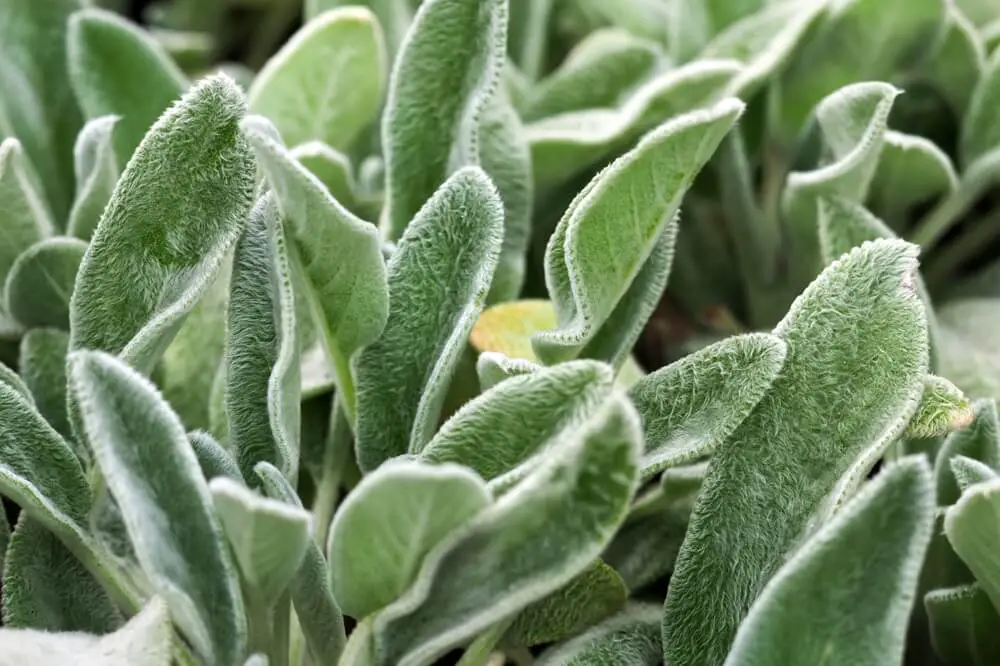
Generally used as a border plant for flower beds, wooly lamb’s ear is nature’s version of the band-aid. Grown from seed or from a cutting, wooly lamb’s ear produces soft hairy leaves that can be harvested and placed on minor cuts and open wounds to reduce bleeding and increase blood clotting.
It is naturally antibacterial, antiseptic and antimicrobial, keeping open skin free from infection. It will reduce the pain and swelling caused by insect and spider bites. A tea made with the leaves can be used as an effective eyewash for treating pinkeye. Moreover, a tea made with young fresh leaves will soothe an upset stomach and stop diarrhea.
Like this post? Don't Forget to Pin It On Pinterest!
You May Also Like:




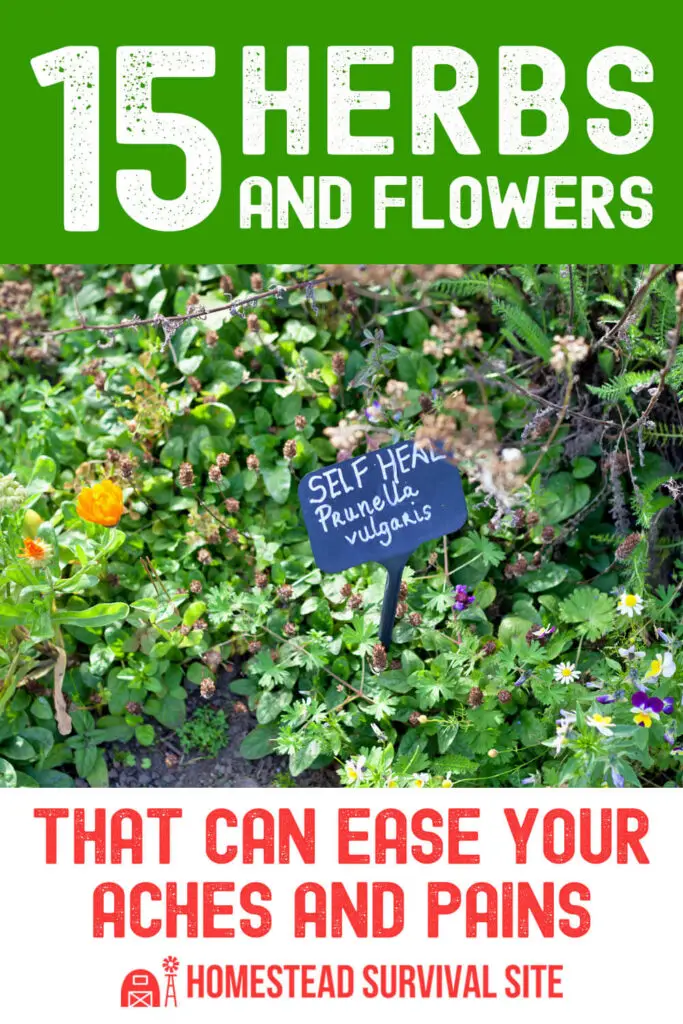

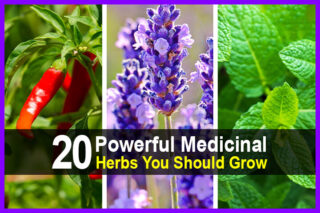
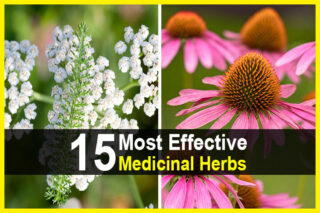
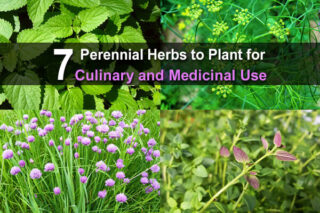





I bought the pricey “hot-spot” formula from the pet store to treat my poodle’s itchy legs. After a while, I wondered if I could make some of my own, so I read the label: 90% of the product was…. (wait for it)…witch hazel!
I could buy 20 bottles of witch hazel for the price of one of the pet store’s stuff! So I went out and bought one, and used it on my dog’s legs thereafter. (The dog hated the smell.)
If you have room and the right conditions, growing your own witch hazel shrubs is worth it. Not only will you have a good supply of bark for the future but the plants themselves are a funky conversation piece for your property. The sight of witch hazel flowering in the middle of winter never ceases to blow my mind and lift my spirits with the promise of spring.
I have read books on herbal remidies and useful weeds from the lawn. I am afraid about some that could be poisonness.
You failed to mention Marijuana which helps people forget pain and is now being used by the government to help treat PTSD. Cancer patients can use it to reduce nausea and help to stimulate their appetite.
Kratom (a tree) leaves help mitigate a variety of things. At lower doses the leaves will reduce pain and provide energy. At higher doses, it causes sleepiness. It is however very bitter, and taking capsules is often the preferred method to use. Teas can also be used, but the effects can be much different.
Wild lettuce, which is a weed that grows on the sides of the road (W USA). If you harvest the milky sap, you can used it as a pain reliever. Dried the whole plant also provides pain relief but not as strong as the sap itself.
Hops (the flower) can be used to treat anxiety, ADHD, and sleeplessness. A tea is usually the preferred method for this herb to be used.
Kava, the root when ground and mixed with hot water can be used to create a relaxing tea.
Sage tea can relieve a sore throat or sore mouth. It can also be used as an anti bacterial.
Ofc there’s many more, all dependent on the region you live in. However, Kratom is part of my first aid kit.